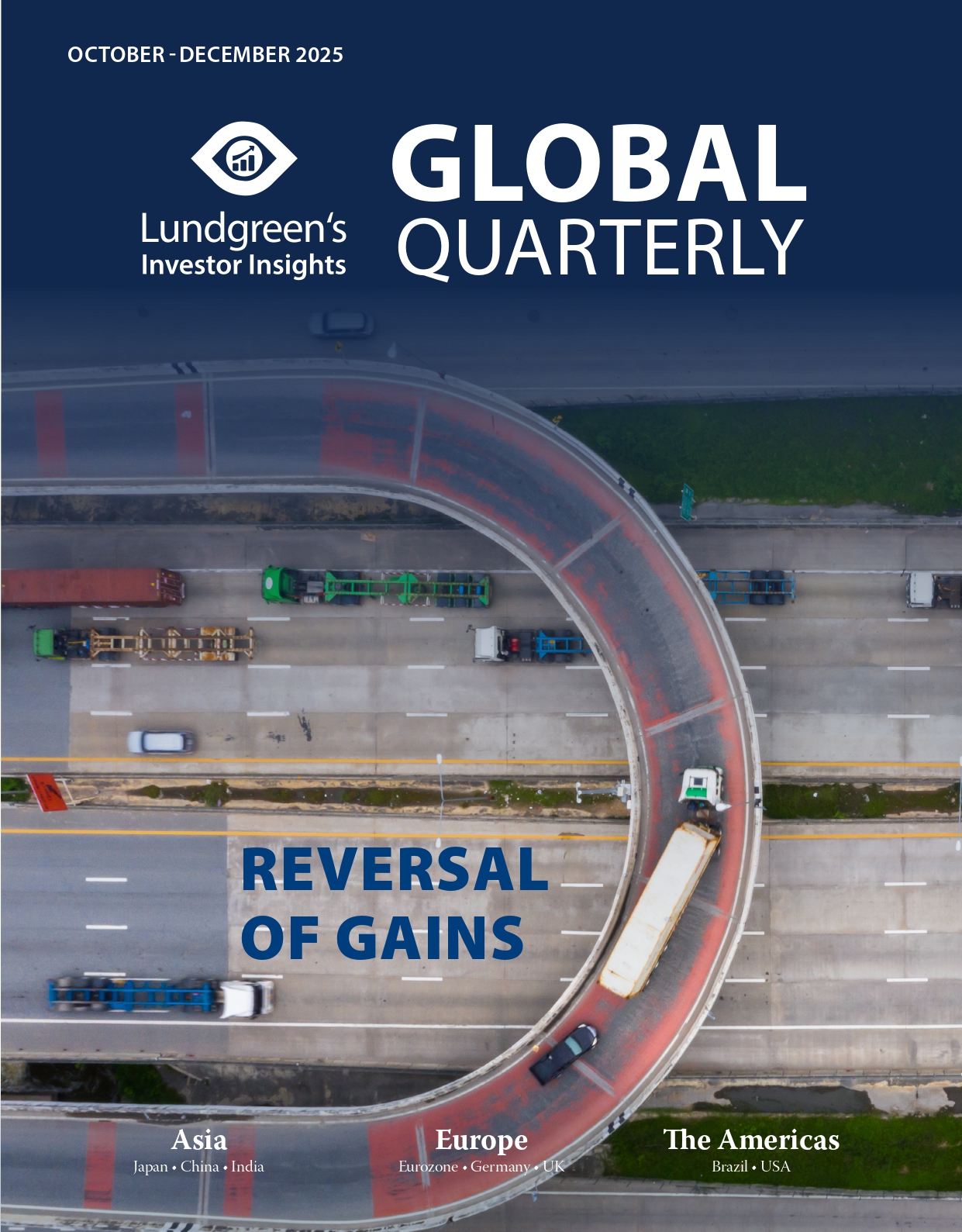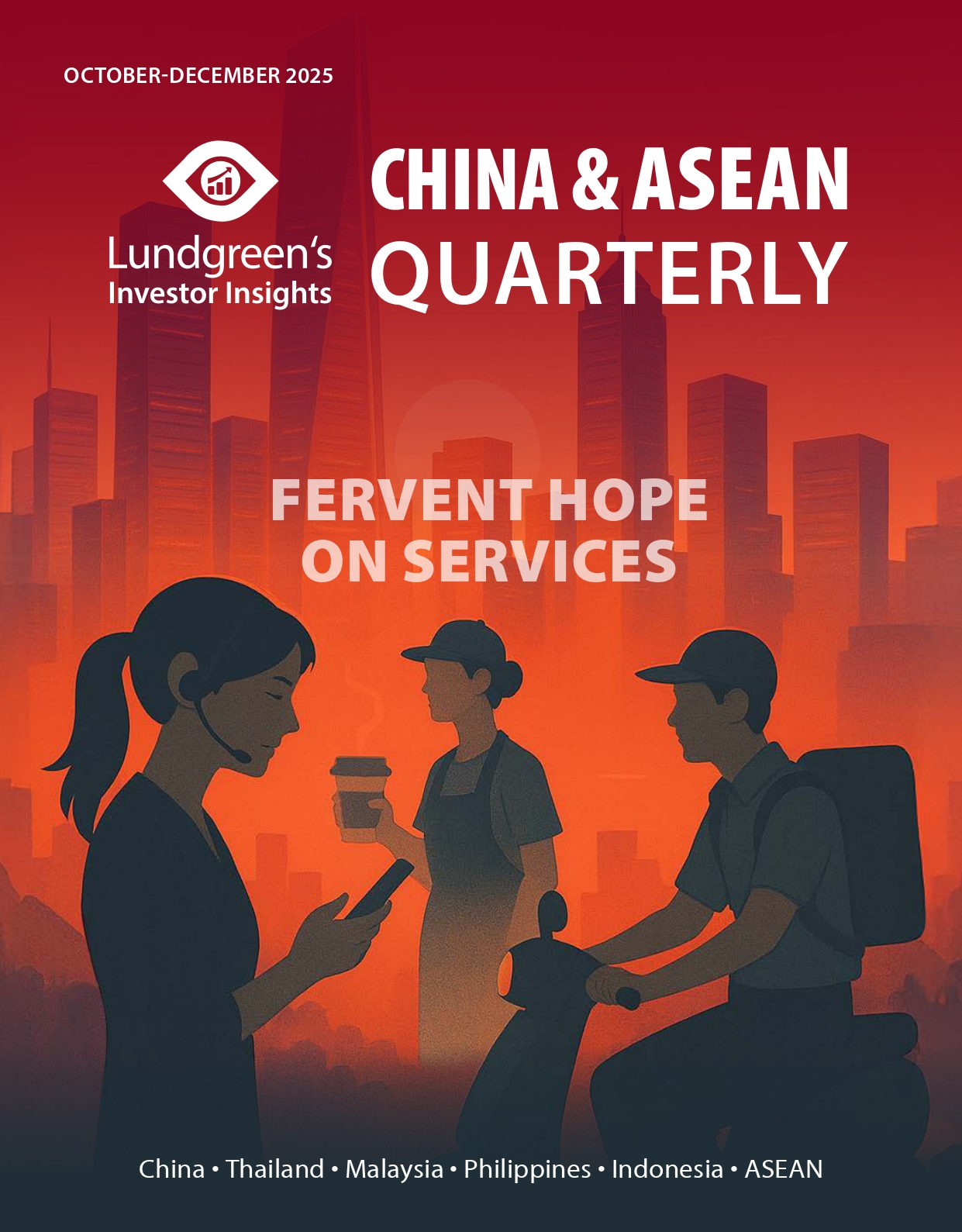Next Week in China: 29 September-3 October 2025
Major Data Releases:
- 30 September: National Bureau of Statistics (NBS) of China to report September Purchasing Managers’ Index (PMI)
- 30 September: RatingDog (formerly Caixin) to report September PMI for China
- 30 September: Macau to report August package tours and hotel occupancy rate
- 30 September: Macau to report August transport and communications statistics
- 2 October: Hong Kong to report August retail sales data
As we enter October, major data releases next week will be minimal especially with Wednesday, 1 October being a national holiday. Mainland Chinese markets will be closed from 1-8 October while trading in Hong Kong will close on 1 October to celebrate National Day as well as the Mid-Autumn Festival.
For PMI, we believe we will see a slight recovery from August’s figure. For the Strategic Emerging Industries PMI (EPMI), the leading index for business activity, the September score was 57, up 5.9 points from the prior month. Both the month-on-month reading and the three-month average were higher than in past years, indicating strong expansion in new industries. Looking at the 13 sub-indices in August, there were sharp rebounds in production, product orders, export and current orders, purchasing, imports, and own inventories; as well as modest rebounds in employment, research and development activity, and business expectations. On the negative side, the supplier delivery index rose.
China’s manufacturing PMI edged up mildly. The August manufacturing PMI was 49.4, up 0.1 percentage point from the previous month, stabilizing below the 50 threshold but with limited marginal change. There are a few things worth noting: first, a slight improvement in both supply and demand. The production, new orders, and new export orders indices were at 50.8, 48.0, and 47.2, respectively; both production and demand picked up, although the rebound in new export orders was the smallest. Second, employment pressure remains high. In August, employment was at 47.9, down 0.1 point from the previous month to post a relatively low level for this time of the year based on historical data. Third, services continue a mild improvement following a 50.3 index score in August. The construction PMI fell below the expansion/contraction line at 49.1 mainly dragged by the prolonged downturn in real estate, indicating that infrastructure project launches remained slow. By enterprise size, large and small firms improved but the PMI for medium-sized firms noticeably fell. Looking ahead, we expect no major fluctuations in the PMI readings. Companies have begun to manage inventories cautiously by accelerating destocking. This reflects expectations about the future: fears of rising external risks and insufficient demand mean firms are unwilling to hold too much inventory. Even if the data improves, companies are reluctant to invest heavily. Instead, their current strategy is to work down their inventories first, taking a wait-and-see stance for what the next month would bring.
China stocks sustained last week’s ascent. As of Thursday, 25 September, the MSCI China Index had risen 0.57 per cent for the week. Meanwhile, the Shanghai Composite Index increased by 0.87 per cent, the Shenzhen Component Index by 2.87 per cent, and the ChiNext Index surged by 4.68 per cent. During this period, mid- and large-cap stocks outperformed small-caps, while growth stocks largely outperformed value stocks. In recent periods, the market has seen a sharp pickup in risk appetite. Although profit growth for A-share non-financial companies turned downward again in the second quarter and return on equity has continued to grind along the bottom, the low base effect coupled with measures for cost control and efficiency gains could still bring stronger earnings for the succeeding quarters. At that point, the improving risk appetite may shift from externally driven sectors to domestic demand.
With medium- to long-term economic expectations for China remaining stable as a broad recovery has yet to materialise, the improvement in risk appetite has been reflected mainly in segments with low correlation to major economic indicators. This risk-on mood, coupled with clear uptrends in profitability for certain industries, has driven a strong stock market rally. There is a broad consensus that the macroeconomic environment supports growth, and we believe this will continue in the short term. However, over a longer horizon, we see that many “quality” or “value” stocks have moved into undervalued territory, as observed in 2015-2016. If China’s economy subsequently experiences a cyclical upturn, the market will undoubtedly present notable opportunities for equity investments.
This piece has been co-produced with Yiyi Capital Limited in Hong Kong, a China specialist and a part of a global financial services group.







